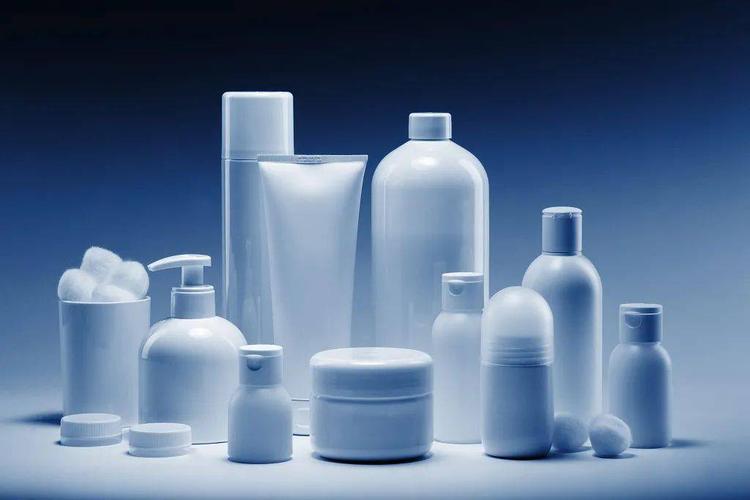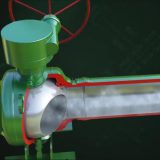Valve manufacturing is a complex yet simple process. Production cycles of ordinary valves such as gate valves, ball valves, globe valves, sanitary butterfly valves, and sanitary check valves are generally three days. The finished valves must go through a variety of performance tests, and the most important test is the pressure test. Pressure tests are to test whether pressure values that valves can bear meet production requirements or not. Generally, we should comply with the following principles and precautions for valve pressure tests.

(1) In the pressure test, the maximal valve closing force is one person’s normal physical strength; we can not use tools like levers (except torque wrenches) to increase the force; when the hand wheels’ diameters are greater than or equal to 320mm, two people are allowed to close valves together.
(2) In general, valves are not required to have strength tests, but there should be strength tests for valve bodies and valve bonnets that are patched or corrosively damaged valve bodies and valve bonnets. For safety valves, their level pressure, reseating pressure and other tests ought to conform to their specifications and relevant regulations.
(3) There should be strength tests and leakage tests before installing valves. We need to spot-check 20% of low-pressure valves; if they are not qualified, we will need to check all the low-pressure valves; we should fully check high-pressure valves.
(4) Installation positions of valves should be in the direction where we can easily examine valves when we test them.
(5) For valves with welded connections, if blind flanges don’t work, we need to adopt cone seals or O ring seals for pressure tests.
(6) We need to remove air in the valves as much as possible when we have hydraulic tests for the valves.
(7) For valves with welded connections, if blind flanges don’t work, we need to adopt cone seals or O ring seals for pressure tests.
(8) We should gradually increase pressure in the test; rapidly and suddenly pressurize valves are not allowed.
(9)The general valves only need to have leakage tests once, while safety valves, high-pressure valves, and other valves should be tested twice. Unimportant valves such as low-pressure valves, valves with big diameters as well as valves that are allowed to leak due to regulations can have little leakage; we need to implement the relevant regulations of leakage due to different leakage requirements of general valves, power station valves, marine valves, and other valves. Strength tests and leakage tests generally should last for two to three minutes, and the tests for important & special valves should last for five minutes. A testing time for valves with small diameters can be correspondingly shorter, while sanitary sample valves with big diameters can be correspondingly longer. If you have doubts, you can extend the testing time in the process. Drips or leakages of valve bodies and valve bonnets are not allowed in strength tests.
(10) There is no need to have leakage tests for valve closures of throttle valves, but there should be strength tests and leakage tests for packing and gaskets.
(11) We should take out the packing of valves with upper seals for the leakage tests. Check whether there are leakages or not after the upper seals are closed.
(12) For valves with actuating devices, we should close sanitary pressure relief valves by actuating devices and then have leakage tests. For actuating devices with manual operation, we also need to close the actuating devices by hand and then have leakage tests.
For more information, please visit http://www.adamantvalves.com/




